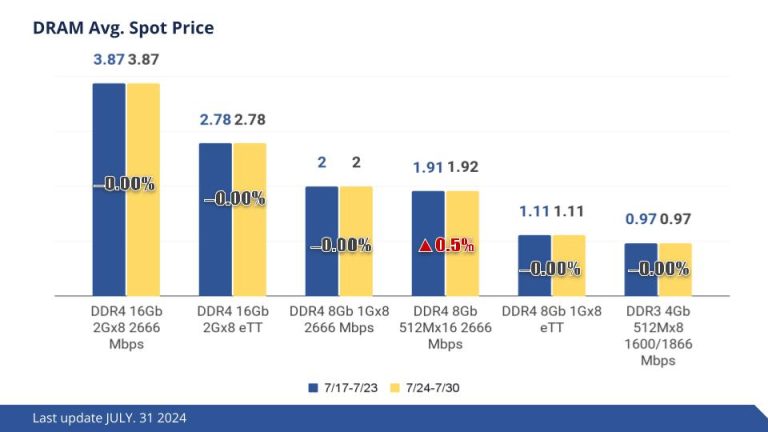
According to TrendForce’s latest memory spot price trend report, neither did the DRAM nor NAND spot prices sees much momentum last week. Spot prices of DDR4 and DDR5 products didn’t show significant fluctuations as the market has not seen a demand uptick. As for NAND flash, the wave of stocking demand during July in response with the peak season in the third quarter of each year didn’t appear. Details are as follows:
DRAM Spot Price:
In the spot market, the overall trading volume has fallen further because the demand for consumer electronics has yet to rebound, and Taiwan’s spot trading was suspended for two days (from July 24th to 25th) due to a typhoon. The spot market as a whole has not seen a demand uptick compared to the previous week, and buyers are mostly waiting for further developments. Consequently, spot prices of DDR4 and DDR5 products have not shown significant fluctuations. The average spot price of the mainstream chips (i.e., DDR4 1Gx8 2666MT/s) dropped by 0.35% from US$2 last week to US$1.993 this week.
NAND Flash Spot Price:
The spot market would usually generate a wave of stocking demand during July in response with the peak season in the third quarter of each year, but has been rather sluggish this year due to the sufficient extent of inventory among end clients, as well as enervated market demand. A small number of spot traders were attempting to lower their quotations tentatively last week in the hope of revitalizing buyers’ demand, which was proven to be quite ineffective. Generally speaking, recent spot market prices have been somewhat lethargic alongside a continuous shrinkage of transactions. Spot price of 512Gb TLC wafers remains unchanged this week at US$3.253.
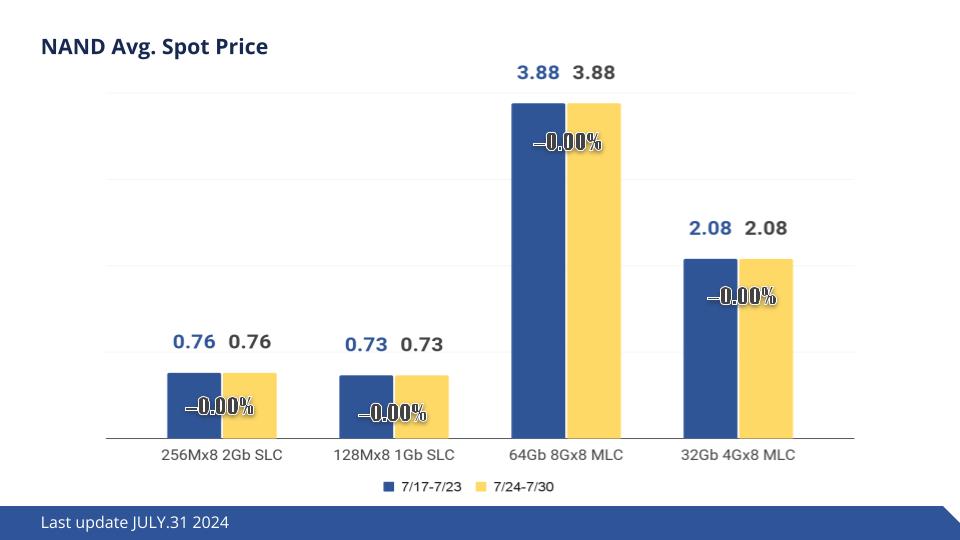
Stay up to date with the latest in industry offers by subscribing us. Our newsletter is your key to receiving expert tips.
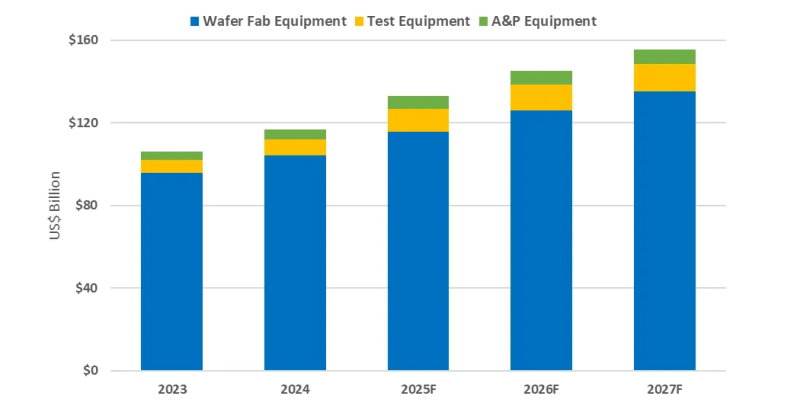
Worldwide semiconductor equipment sales are projected to grow 13.7 percent in 2025, reaching a record 133 billion dollars, Semi announced at Semicon Japan. This momentum is expected to continue throug
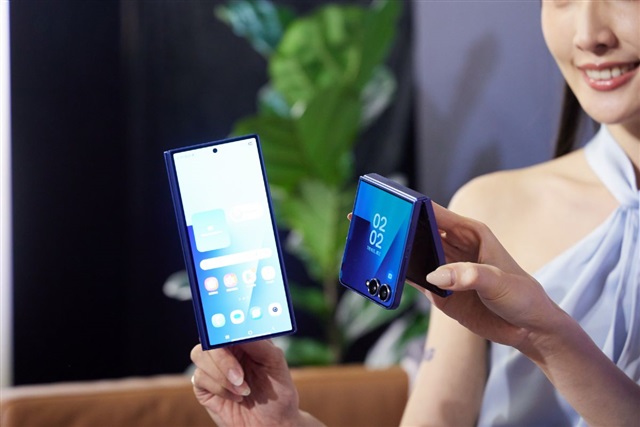
The smartphone industry is facing considerable cost challenges in 2026 amid ongoing memory supply shortages and rising prices. This situation is expected to lead to a 1.6% decrease in annual shipments
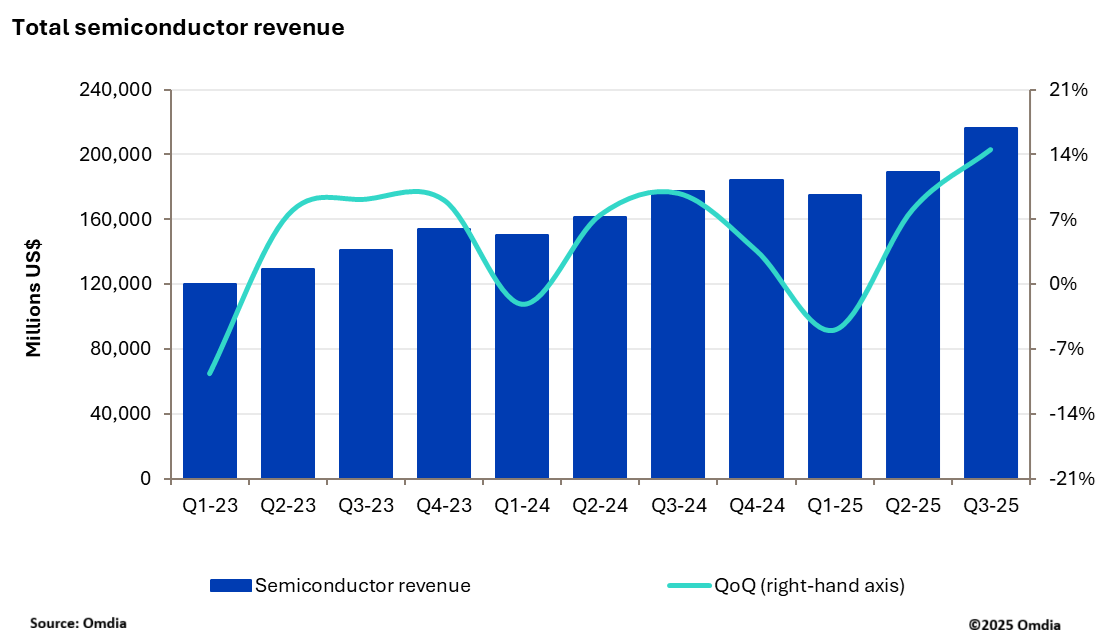
New research from Omdia shows that the semiconductor market delivered a record breaking performance in 3Q25 with industry revenue reaching $216.3bn, up 14.5% quarter-over-quarter (QoQ). This marks the